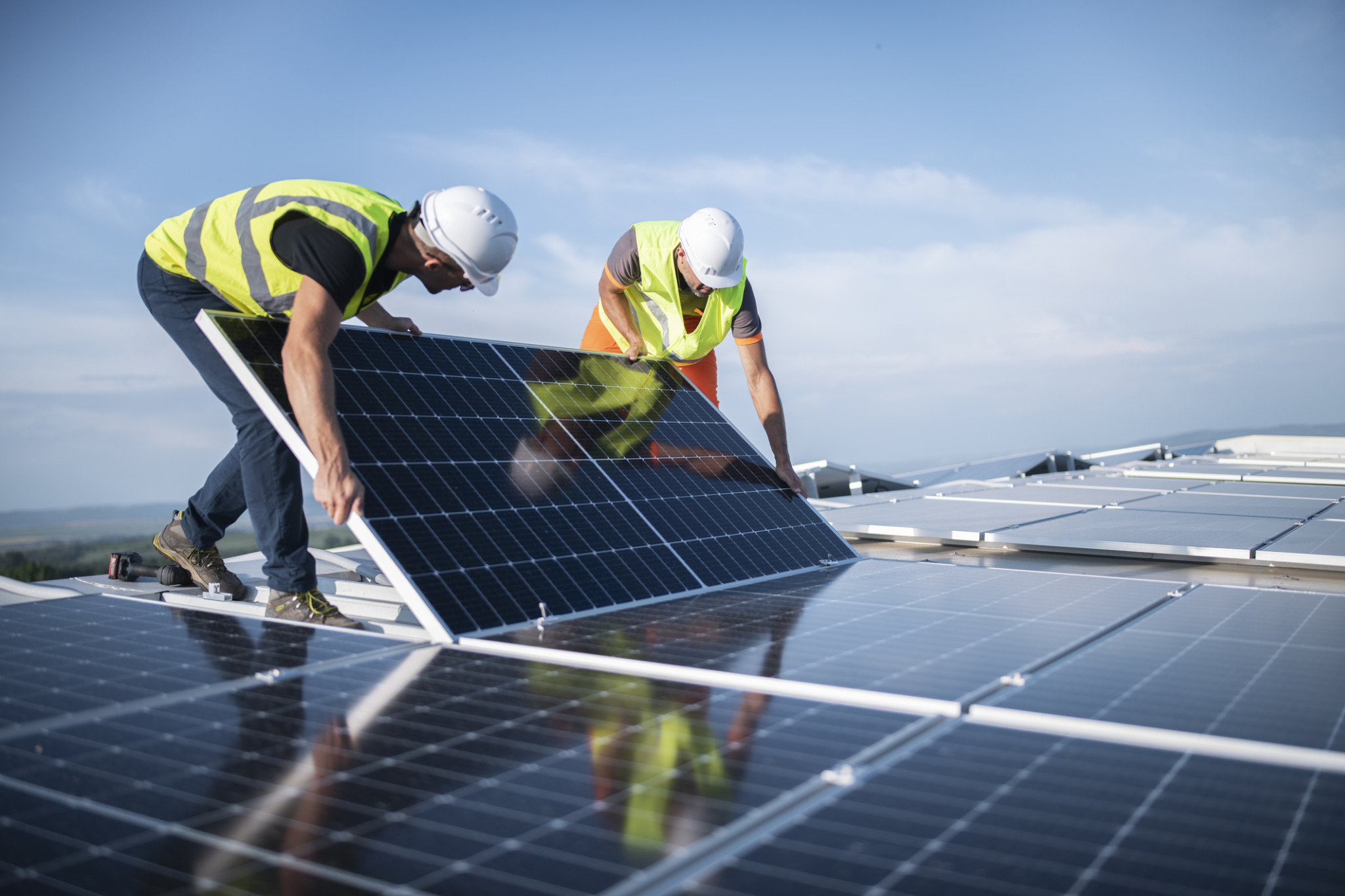
Qcells’ Dalton facility was the first solar panel factory to be built since passage of the Inflation Reduction Act.
South Korean solar panel manufacturer Qcells announced on Wednesday the completion of its third Dalton, Ga., factory expansion, which will bring the facility’s total output to more than 5.1 gigawatts (GW). The expansion establishes the factory as the largest of its kind in the Western hemisphere, according to Qcells, and creates 510 additional solar factory jobs at the site.
But the Dalton expansion is the just first phase of Qcells’ $2.5 billion investment in building a complete U.S. solar supply chain. The company is also building a new facility in Cartersville, Ga., to manufacture 3.3 GW of solar ingots, wafers, cells, and finished panels. Collectively, Qcells’ two Georgia factories are expected to have enough annual production capacity to power 1.3 million homes each year. And the benefits for American workers are substantial as well. Once the Cartersville factory is completed in 2024, Qcells will employ nearly 4,000 people at its two Georgia factories.
Qcells began construction on its Dalton factory shortly after passage of the Inflation Reduction Act, which the company credits with launching the project.
“The Inflation Reduction Act and the efforts of Georgia’s economic development team helped make these ambitious plans possible, and with it thousands of careers in clean energy,” Qcells CEO Justin Lee said. “As we build new solar technology from Dalton and prepare for the start of Cartersville, it is critical that our local to federal leaders continue to work not only with us, but the larger industry to ensure our collective investments deliver for communities for decades to come.”
Qcells’ factory expansion marks a turning point in the development of a robust U.S. solar supply chain. As ABC News reports, Qcells’ Dalton factory alone can now claim almost 40% of solar panel capacity in America, based on Solar Energy Industries Association (SEIA) data.
Solar panel import advocates largely argue that the urgency of the climate crisis necessitates immediate solar panel implementation — regardless of the human rights abuses and pollution we import with them. However, America’s solar supply chain is proving that it can quickly meet our nation’s clean energy needs and create thousands of valuable community-supporting jobs in the process.
We cannot rely on foreign adversaries like China to help us meet our clean energy needs. Beijing has proven time and time again that it wants not to be a simple participant in the global market, nor even to lead that market, but to dominate it without competition.
U.S. trade enforcement and federal incentives are working in keeping China’s plans at bay, and private companies are eager to build in America. Our clean energy future can be Made in America — let’s keep the momentum going.
